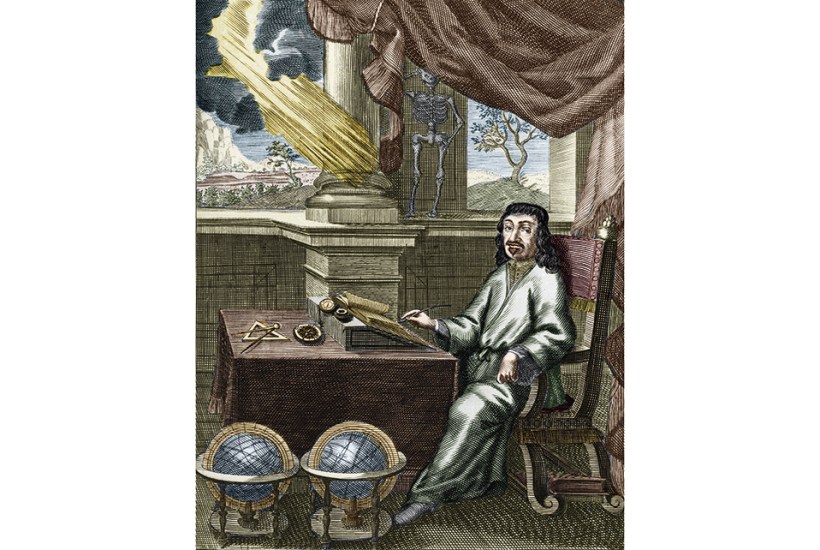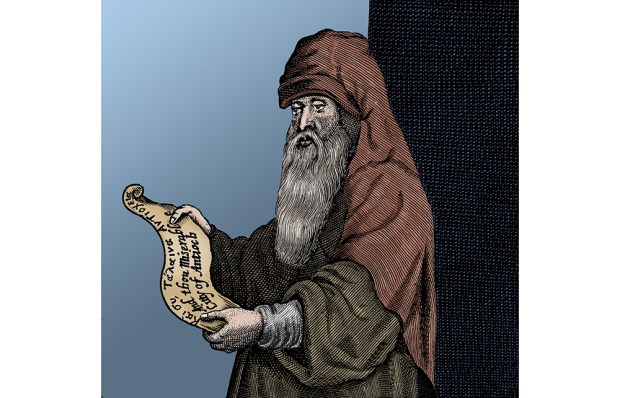Despite the subtitle of this fascinating book, it soon turns into an account of how Peter Bellerby’s obsession eventually led to a considerable personal triumph. Unable to find a worthy 80th birthday present for his father, he set out to create a globe himself, which led him to found Bellerby & Co, ‘the only fully bespoke globemakers in the world’. His chatty style sometimes seems at odds with the meticulous professionalism of his work, which in due course led to him selling his car and his share in a house in north London.
There was nothing easy about the process of establishing the company. Requirements included ‘knowledge and skill in engineering, geographical knowledge, and artistic ability in painting’, not to mention financial acumen. The sequence in which the details of this large subject are treated seems a bit of a jumble, but this hardly matters since the interest of the text will keep the reader going. More important are the sheer resourcefulness, ingenuity and perseverance shown by the author, and it is his patience and mastery of the various skills required that make the story so impressive and enjoyable.
Globes are put together by gluing strips of painted paper, known as gores, onto a frame. They have to be wider at the equator and taper upwards and downwards towards the poles. Bellerby doesn’t mention this, but older globes could be edited following new geographical discoveries, as in the ones updated by J&W Cary, with a second edition, in 1825, in spite of the literally microscopic lettering of the place names. The artwork can include exquisite miniatures of animals, birds, fishes and plants to be found in different parts of the world. In the case of celestial globes, the signs of the zodiac can figure more prominently than on a more crowded terrestrial map.
As the author’s work progressed, demand for his globes increased, which created further practical problems. It soon became clear that larger premises had to be acquired, involving more rent, upkeep and repairs – ‘and that was when the Aston Martin had to go’, as he coolly puts it.
The quality of the colour illustrations of the various production processes described here is outstanding, and they have been made to fit perfectly into the narrative – so different from the bad old days when publishers inflicted dreadful monochrome and smudged images on the reader.
After going on Instagram, the firm discovered that ‘artisan crafts’ had become all the rage, and orders eventually increased from 200 to 600 globes a year, with a waiting list of at least six months. Deliveries of such bulky objects were a problem, and on one occasion a large globe had to be winched 20 storeys up the outside of a skyscraper.
Two Queen’s Awards for Exports came along and from the smallest beginnings the firm now employs 25 dedicated people, all engaged in work of compelling interest, which they wouldn’t exchange for anything in the world.
Got something to add? Join the discussion and comment below.
Get 10 issues for just $10
Subscribe to The Spectator Australia today for the next 10 magazine issues, plus full online access, for just $10.
You might disagree with half of it, but you’ll enjoy reading all of it. Try your first month for free, then just $2 a week for the remainder of your first year.














Comments
Don't miss out
Join the conversation with other Spectator Australia readers. Subscribe to leave a comment.
SUBSCRIBEAlready a subscriber? Log in